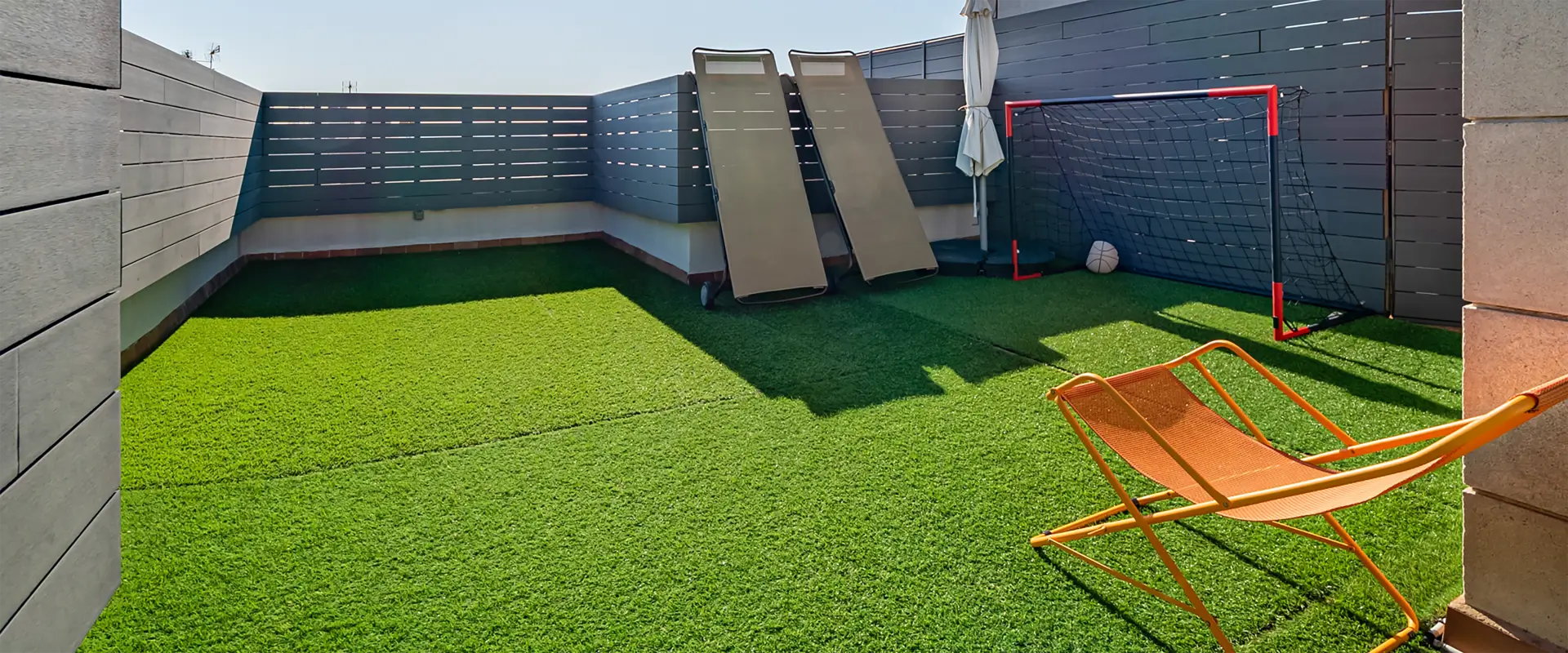
9 月 . 28, 2024 12:21 Back to list
How to Recycle PCB Boards A Comprehensive Guide
Printed Circuit Boards (PCBs) are an essential component in the electronics industry, serving as the backbone of most electronic devices. However, as the world becomes more conscious of environmental issues, the need for effective recycling methods for PCBs has gained prominence. Recycling these boards not only reduces electronic waste but also recovers valuable materials. This article outlines the steps involved in recycling PCB boards and highlights the benefits of the process.
Understanding PCB Composition
Before diving into the recycling process, it’s crucial to understand what PCBs are made of. They usually consist of a substrate, copper layers, and various components like resistors and capacitors. Common materials include fiberglass, epoxy resin, copper, gold, silver, and aluminum. This composition makes them both valuable and challenging to recycle, as different materials require different recycling techniques.
The Recycling Process
1. Collection and Transportation The first step in recycling PCB boards is to collect them from various sources, such as electronic waste drop-off centers, businesses, and individuals. Once collected, they are transported to recycling facilities equipped to handle electronic waste.
2. Sorting At the recycling facility, PCBs are sorted from other electronic components. This is often done manually or through automated processes that identify and separate PCBs based on their composition and size.
3. Dismantling The next phase involves dismantling the PCBs to remove components, such as capacitors and resistors, which can be recycled separately. This step can involve both mechanical means and manual labor to ensure no damage is done to the recyclable materials.
4. Crushing and Grinding Once dismantled, the boards are crushed and ground into smaller pieces. This increases the surface area for subsequent processes and is a necessary step for metal recovery.

5. Chemical Processing The shredded material undergoes chemical processing to extract valuable metals. Chemical leaching techniques are often used to separate precious metals like gold, silver, and copper from the non-metallic components.
6. Separation and Recovery Following chemical treatment, materials are separated using processes such as electrolysis or flotation. The recovered metals can then be refined and prepared for reuse in the manufacturing of new electronic components.
7. Disposal of Non-Recyclables Finally, non-recyclable materials, which may include certain plastics and residues from the recycling process, are disposed of responsibly in compliance with environmental regulations.
Benefits of Recycling PCB Boards
Recycling PCB boards provides several benefits
- Environmental Conservation By recycling, we can significantly reduce electronic waste that would otherwise end up in landfills. This helps in conserving natural resources and minimizing pollution.
- Resource Recovery The process allows for the recovery of valuable materials which can be reused in producing new electronic products, reducing the need for virgin resources.
- Economic Impact Recycling creates jobs in the recycling sector and contributes to a circular economy where materials are reused and recycled rather than discarded.
In conclusion, recycling PCB boards is an essential practice for environmental sustainability, resource recovery, and economic benefits. By being proactive in recycling and supporting e-waste recycling initiatives, we can contribute to a healthier planet while benefiting from the materials recovered.
Latest news
Unveiling the Power of Eddy Current Separator
NewsSep.25,2024
Transform Your Home Recyclin:home metal shredder
NewsSep.25,2024
The Future of Waste Management with Recycling Line Picker
NewsSep.25,2024
The Benefits of a Metal Recycling Plant
NewsSep.25,2024
Revolutionize Material Separation with Onwang Technology
NewsSep.25,2024
Innovative Waste Management: Unveiling the MSW Sorting Plant
NewsSep.25,2024